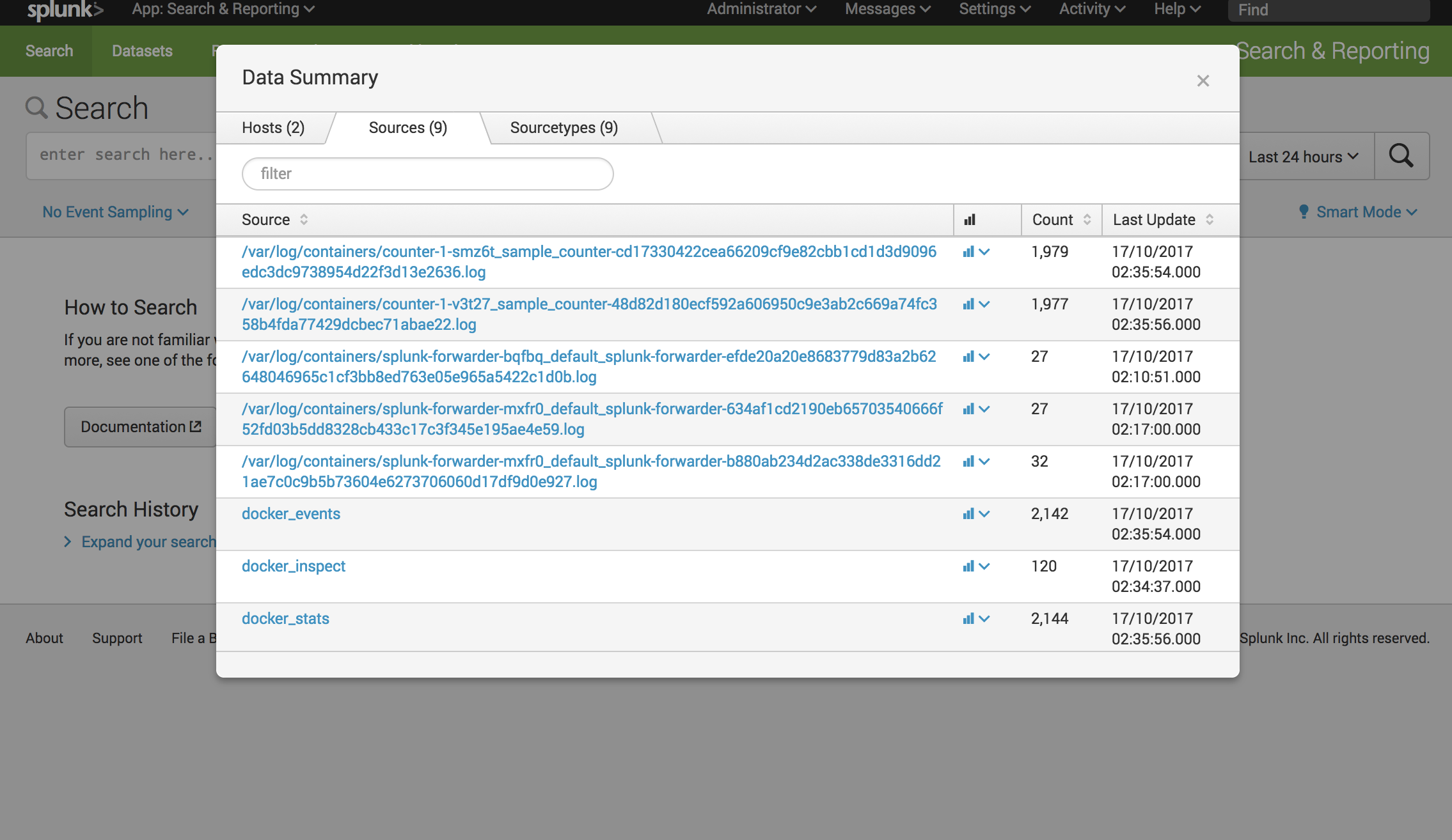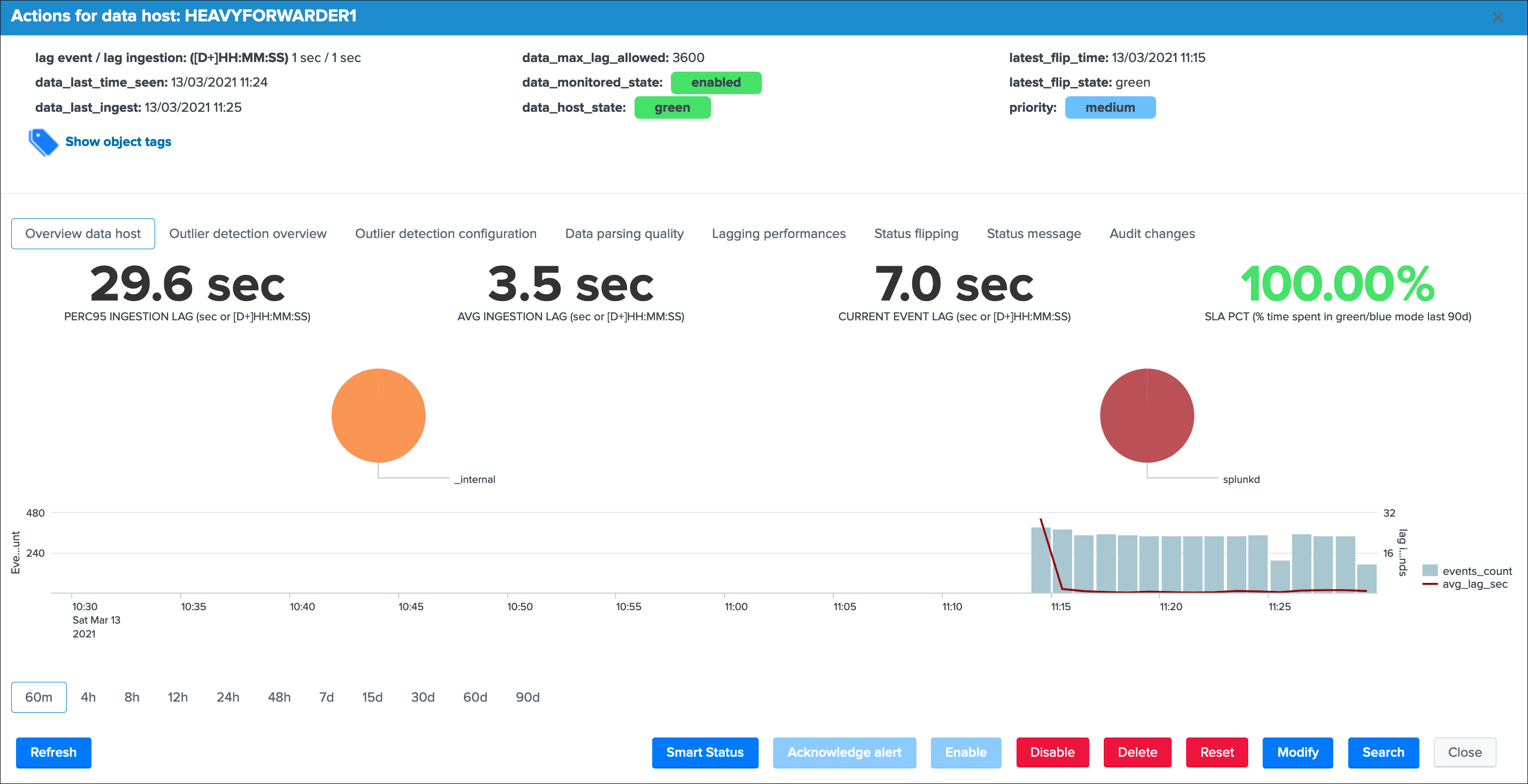


Restart the forwarder to apply the changes (sudo./splunk restart). The Terraform Provider for Splunk uses all the great capabilities of Terraform to manage your Splunk infrastructure. For example, to add the /var/log/syslog file with the sourcetype of linux_logs and store it to the index called remotelogs, we would use the following command: splunk add monitor LOG -sourcetype SOURCE_TYPE -index NAME. To add the data, you would like to consume and send to the indexer, run the sudo. From a shell or command prompt on the forwarder, run the command. In this case, we can create a Splunk universal forwarder running in a container to stream logs to a Splunk standalone, also running in a container. Configure the universal forwarder to connect to a deployment server.
#Setting up splunk forwarder how to#
splunk add forward-server HOST:9997 -auth USERNAME:PASSWORD command, with admin and changeme as the default values for the username and password: To learn more about the HTTP Event Collector (HEC) and how to use it, see Set up and use HTTP Event Collector. Settings->health monitoring->Settings->General Setup, click on actions, un-tick search head and un-tick indexer. 1) Download splunk enterprise exe from the splunk site and install. Run the following command to install the package. Next, you need to configure the indexer that the forwarder will send its data to. This is to install a windows heavy forwarder to forward data to the splunk cloud. Install Splunk Universal Forwarder Download the Splunk Forwarder package for Linux.

splunk enable boot-start command to enable Splunk auto-start: Here are the steps to configure a Splunk forwarder installed on Linux to forward data to the Splunk indexer:įrom the /opt/splunkforwarder/bin directory, run the sudo.


 0 kommentar(er)
0 kommentar(er)
